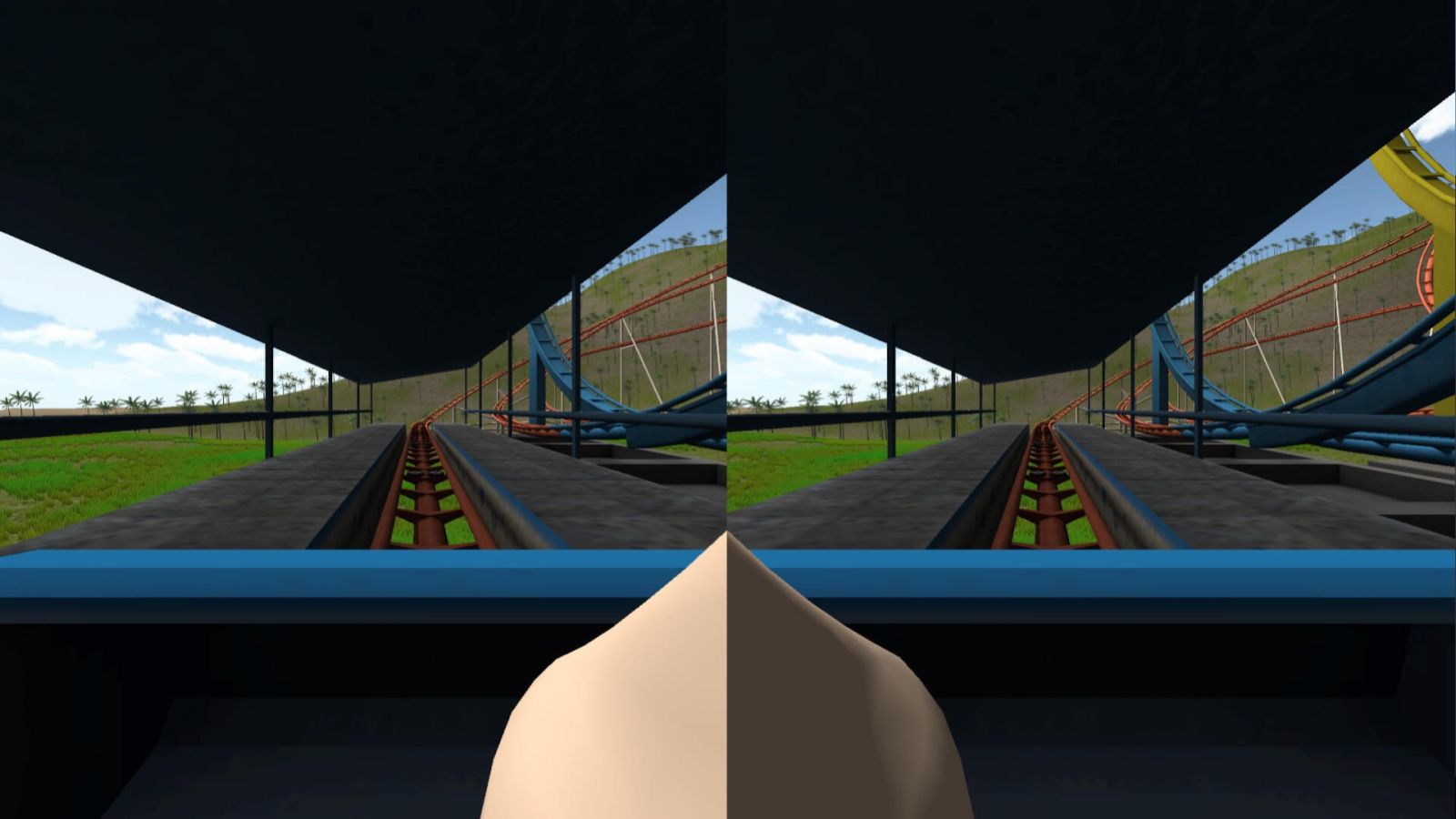
 Widespread adoption of virtual reality (VR) is being held back by physiological and technological challenges, according to David Whittinghill, associate professor of computer graphics technology and computer and information technology.
Widespread adoption of virtual reality (VR) is being held back by physiological and technological challenges, according to David Whittinghill, associate professor of computer graphics technology and computer and information technology.
“We’re still in the Wild West phase on this,” Whittinghill said. “This is going to happen, but there are some basic problems we’re still chipping away at. We’re still figuring it out.”
Motion sickness experienced by some users of VR headsets is the primary physiological challenge to overcome. “You can do VR if you’re rotating and looking around from a fixed position, but as soon as your position moves,” you might get dizzy, Whittinghill said. “That‘s the billion-dollar problem.”
 Research has shown that including a digital nose in VR scenes reduces motion sickness by 13 percent, but Whittinghill notes that’s just one input in the larger equation. Technological challenges include reducing the bulk and lowering the cost of VR headsets. Removing the wires which tether some VR products to stationary objects is another challenge for the nascent industry.
Research has shown that including a digital nose in VR scenes reduces motion sickness by 13 percent, but Whittinghill notes that’s just one input in the larger equation. Technological challenges include reducing the bulk and lowering the cost of VR headsets. Removing the wires which tether some VR products to stationary objects is another challenge for the nascent industry.
Whittinghill was quoted in an Indianapolis Business Journal article which discusses the challenges of and potential future for virtual reality.
Additional information:
- Is virtual reality already dead? Or just getting started? (Indianapolis Business Journal)
- Virtual nose may reduce simulator sickness in video games
